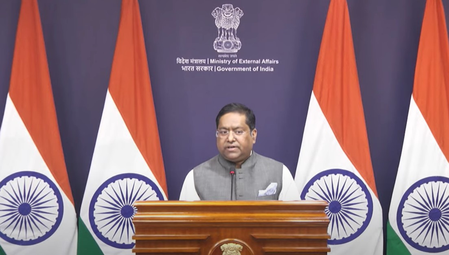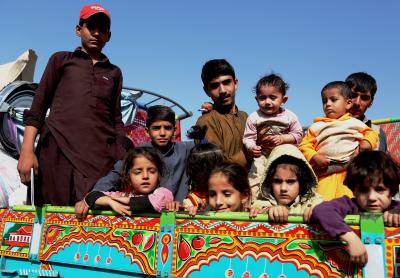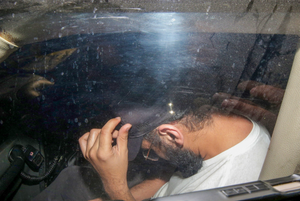
Beijing, July 31 (IANS) The death toll from the recent intense rainstorms in Beijing has risen to 44, with nine others still missing, according to a press conference held on Thursday.
Among the deaths, 31 were reported at an elderly care centre in the town of Taishitun, Miyun District, said Xia Linmao, Executive Vice Mayor of Beijing.
Among those missing are four village Party secretaries who played crucial roles in the disaster relief and rescue efforts.
Beijing’s latest flooding has affected more than 300,000 residents and damaged about 24,000 houses. The heavy rainfall was concentrated in the northern mountainous areas, where infrastructure in 40 townships and 312 administrative villages was badly damaged, Xinhua news agency reported.
The torrential rain triggered flash floods, which unleashed devastating force compounded by surging upstream flows, according to Xia.
Xia added that the downpour placed enormous pressure on the operation of the Miyun Reservoir, Beijing’s largest reservoir. At its peak, the inflow could fill the entire Kunming Lake of the Summer Palace in just five minutes.
Liu Bin, head of the Beijing municipal water affairs bureau, said that by Thursday noon, the Miyun Reservoir had received 910 million cubic metres of inflow in just seven days, nearly 30 per cent above the previous record of 710 million cubic metres in 1974.
As of Thursday noon, the reservoir’s water level had fallen back to 155.38 metres. The reservoir is in safe and stable conditions, Liu added.
From July 23 to 29, the Chinese capital saw persistent extreme rainstorms, with mountainous areas of districts such as Miyun, Huairou, Yanqing and Pinggu being among the hardest hit.
On Saturday evening, in response to sudden torrential rainfall and red warning for rainstorms and floods in the affected regions, Beijing authorities immediately launched the Level I emergency response for flood, issuing public warnings and safety guidelines. Rescue and relief efforts were promptly organised, with teams working swiftly to evacuate a total of 104,000 people. Search and rescue operations have helped save more than 5,400 trapped individuals, while efforts continue to assist the injured, according to Xia.
At present, 364 out of 424 disrupted rural roads have been cleared, with plans to reopen all major highways by Thursday. The emergency water supply has been restored to all affected administrative villages, while electricity has been restored to 105 of the 213 villages that experienced power outages.
Wu Zhenkun, head of Beijing fire and rescue brigade, told the conference that during the recent rainstorms, a total of 6,830 personnel were dispatched, along with 1,356 vehicles and 296 boats. The rescue teams saved 1,879 people, evacuated 3,521 others, and delivered around 56 tonnes of emergency supplies.
Drones and heavy machinery, such as bulldozers and excavators, were used in the rescue operations. The teams also utilized boats, ropes, ladders and swimming tactics to ensure the safe evacuation of the people that were trapped, Wu added.
Xia said the government will ensure the living conditions of disaster-stricken communities by accelerating repairs of damaged homes and ensure that residents can safely return to their villages.
All-out efforts are being made to ensure the provision of essential supplies and care for vulnerable groups. Further attention is being given to the families of the victims, offering psychological support and speeding up the repair of damaged infrastructure, including roads, power, water and communication services, according to Xia.
–IANS
/as




